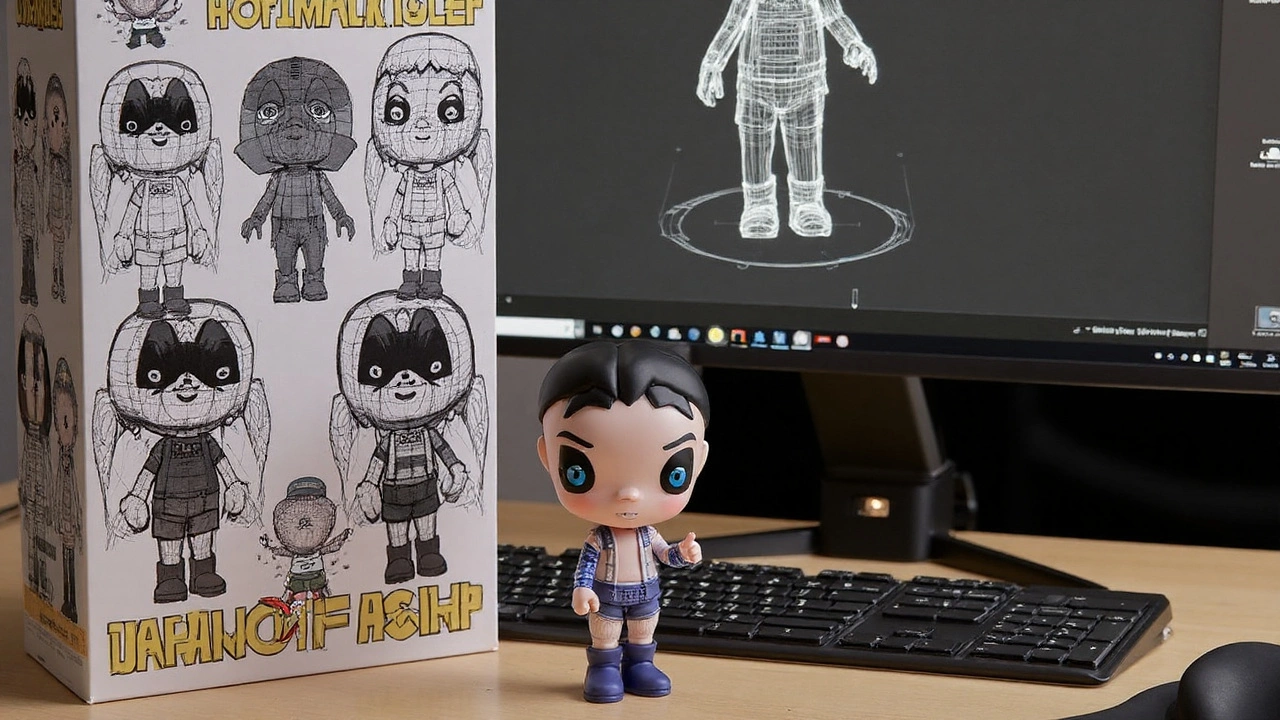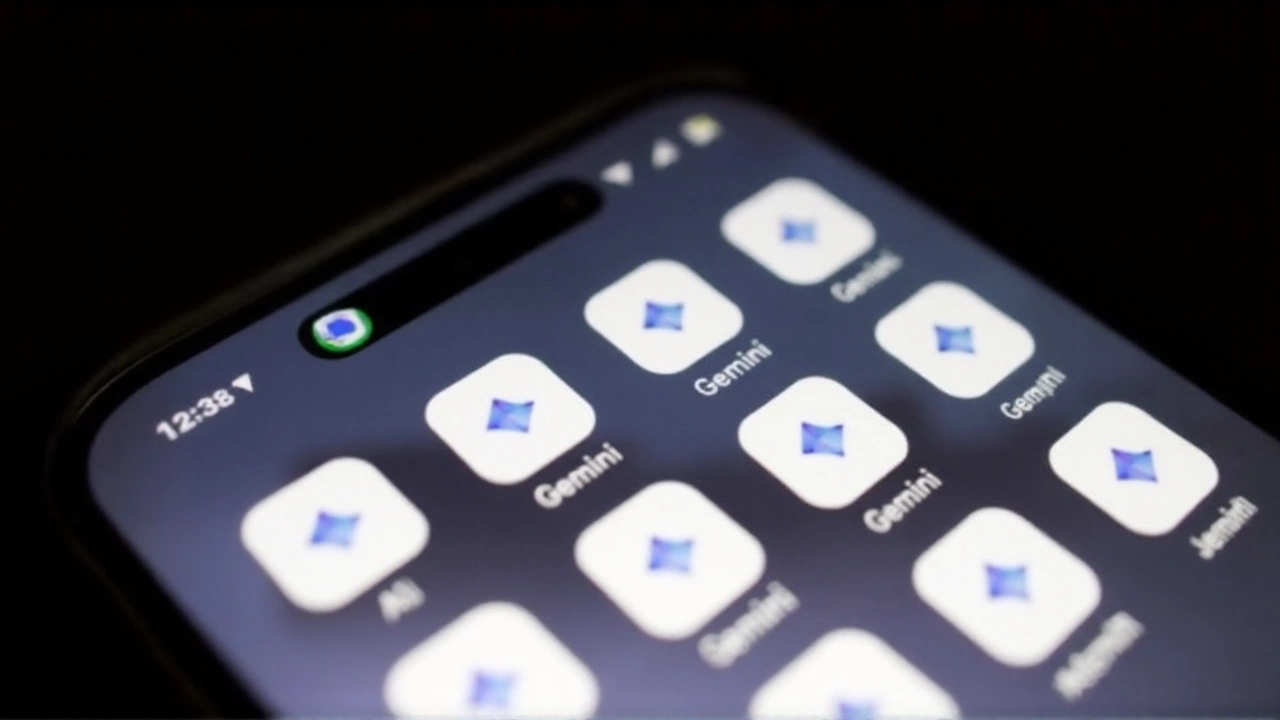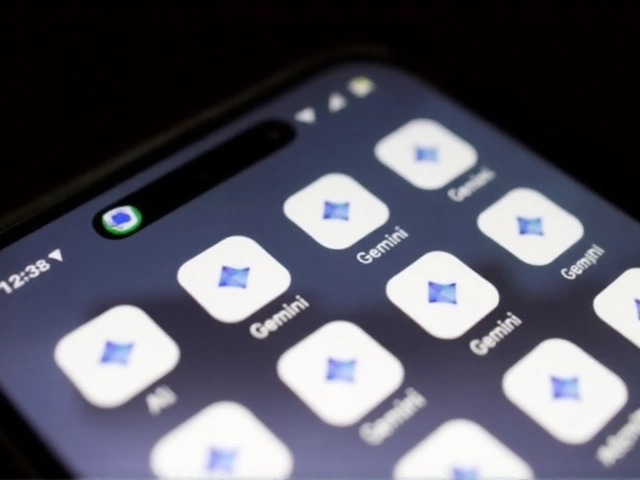Google’s AI takes Apple’s top spot—and yes, it’s about pictures
A Google app just climbed to No. 1 on Apple’s own turf. On Monday, Google Gemini became the most-downloaded free app on the App Store, a signal that AI isn’t just a desktop curiosity anymore—it’s a phone habit. The spark: a new image model that turns short prompts into slick visuals faster than most people can open their camera roll.
This isn’t a quiet win. App Store rankings move on momentum—installs, session time, shares—and Gemini’s image tools tick all three. People try a prompt, get a surprisingly good picture, then share it to group chats and social feeds. That loop pushes more downloads, which pushes the app even higher. The result: a rare crossover moment where advanced AI jumps from tech demos to everyday use.
Google’s pitch is straightforward: type what you want to see, and the app renders it in seconds. It handles styles (photo-real, studio-lit, watercolor), rewrites prompts on the fly to keep things safe, and can remix results into new variations without starting from scratch. There’s basic editing—cleanup, background changes, and layout tweaks—so you can push a draft closer to what you imagined without exporting to a separate editor.
Under the hood, the image model leans on techniques we’ve seen maturing over the past year: diffusion-based generation guided by text encoders, safety filtering to avoid harmful or biased outputs, and fast upscaling so the final image doesn’t crumble when you pinch-zoom. The headline is speed. Mobile users won’t wait, and this version cuts latency enough that image generation feels like a normal app action, not a lab test.
It’s also a strategic distribution play. iOS has the reach; Google needs footholds beyond Android to grow AI usage. Getting to the top of the App Store means more than bragging rights—it puts Gemini on millions of home screens where ChatGPT, Microsoft Copilot, and Meta’s assistants are already competing for daily attention. For Google, the iPhone audience is the battleground that decides which assistant people actually use, not just which one they read about.

Why the surge matters—and what comes next
Gemini’s climb tells us three things about where mobile AI is heading. First, visual features drive adoption. Text chat is useful, but image generation is visceral and instantly shareable. Second, people want creation tools that live where they already share and message. Third, the best model doesn’t win unless it’s convenient on iOS—and convenience is App Store real estate, push notifications, and frictionless onboarding.
The timing also reflects how quickly image models have rebounded from earlier missteps. In early 2024, Google paused parts of its image generation after high-profile inaccuracies in pictures of people. The company later reworked safety layers and tightened prompts to reduce bias and historical distortions. Today’s rise suggests users are willing to give the tools another shot when the results are better and the guardrails are clearer.
What are people actually using it for? Quick product mockups for side hustles. Social banners without hiring a designer. Classroom visuals teachers can tweak in minutes. Even simple personal tasks like party invites or mood boards. None of this requires pro-grade software—just a few tries until the style matches the moment. That’s the sticky part: once you’ve made three decent images in five minutes, the app feels worth keeping.
There’s a business angle too. Image generation is a gateway to paid tiers where users get higher-quality renders, more credits, and priority access during peak times. Google can also funnel power users into its broader AI ecosystem—advanced chat features, developer tools, and creative workflows that stretch beyond a single app. The more people build with Gemini, the more likely they are to stick with Google services across devices.
Competition isn’t standing still. OpenAI’s app popularized AI chat on iOS. Microsoft has made Copilot the default companion for Office users. Meta pushes its assistant inside the social apps people already open every day. Apple is layering its own on-device intelligence into iPhone experiences. Google beating them to the top of the free chart—even briefly—signals that visual creation is where the next user spike will come from.
There are still open questions. How transparent will the app be about when it’s training on user prompts and outputs? How clearly will it label AI-made images to avoid confusion in news and social contexts? And how will it balance creative freedom with the guardrails needed to avoid harmful or misleading content? These aren’t side issues; they determine whether the initial excitement turns into lasting trust.
For now, momentum is on Google’s side. The App Store win shows there’s a mainstream appetite for capable, fast, mobile-first image tools. If Google keeps latency low, keeps outputs consistent, and keeps the safety work visible, it has a real shot at making Gemini a daily habit on iPhones—the one place it most needs to win.
The simpler takeaway: people want to make things quickly and share them instantly. The app that makes that feel effortless will own the home screen. This week, that app is Gemini.


